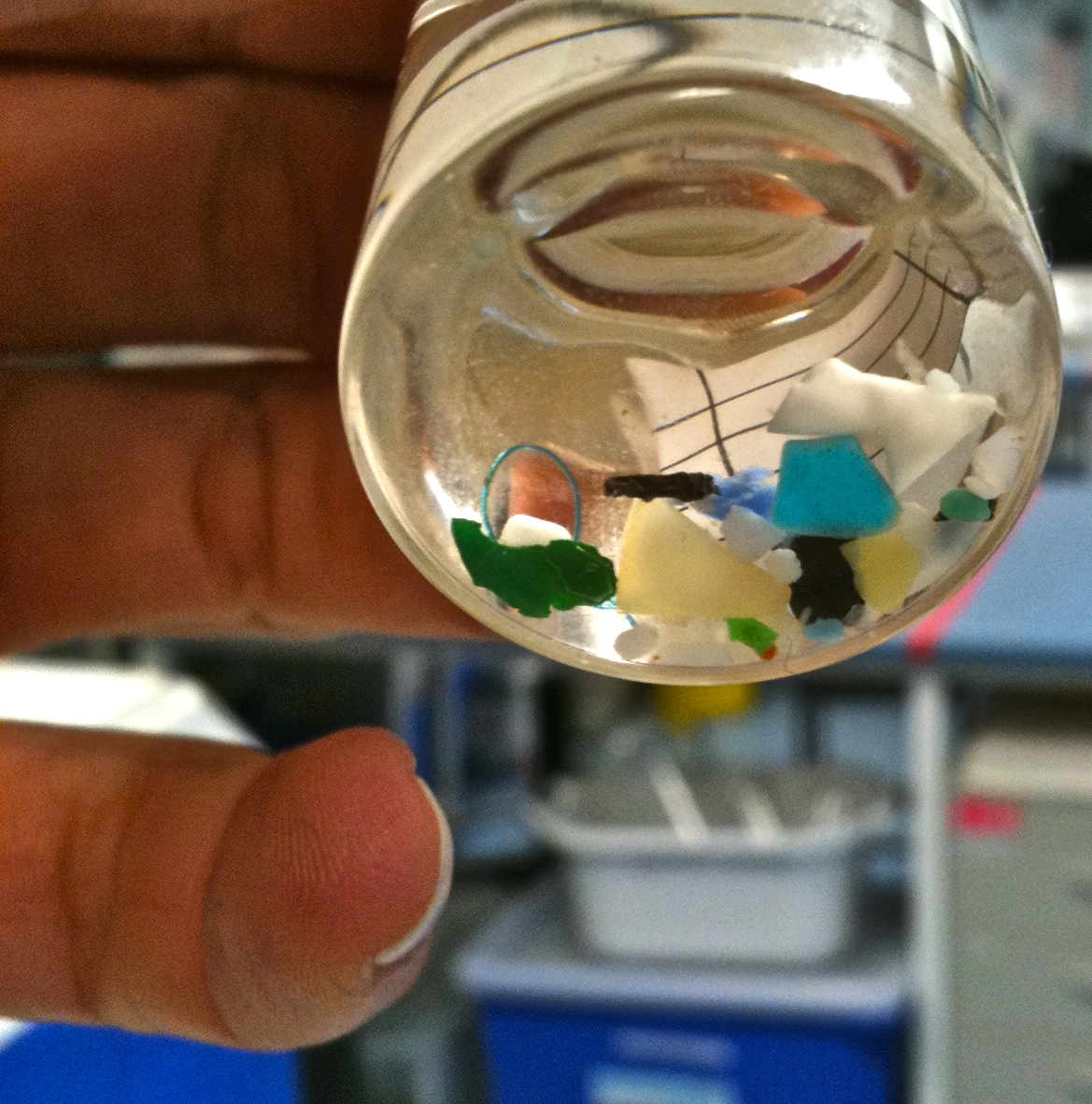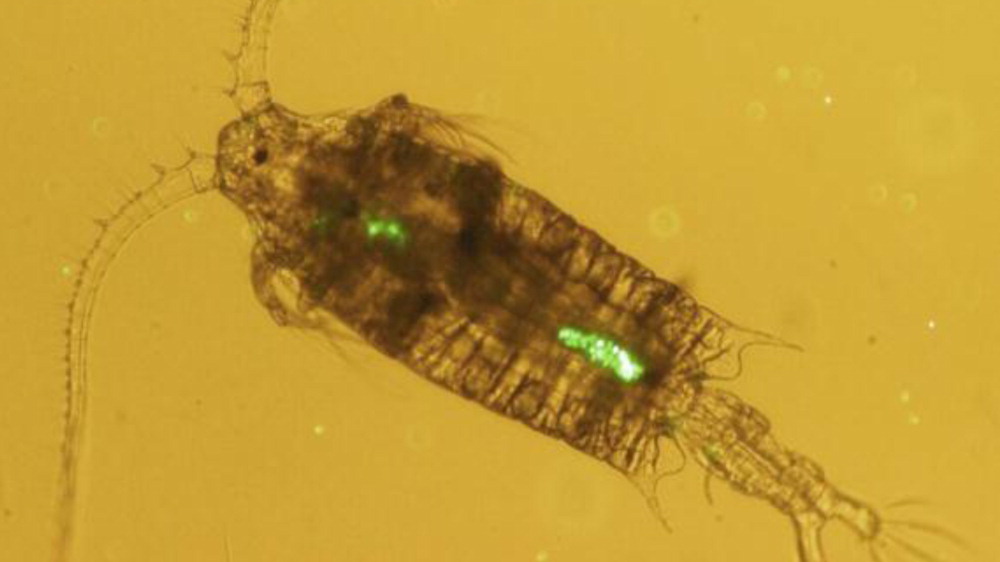It’s estimated that 80 million tons of plastics are produced globally each year. Because they are so durable, plastics require about 500 years to decompose in the ocean.
It’s like plastic confetti has been sprinkled into every last inch of the ocean, and not in a festive way. This has a major impact on the world’s marine ecosystems.

We’ve posted before about the National Marine Debris Survey, the first of its scale in the world. The Survey collects and analyses marine debris around the country, sampling rubbish at 100 kilometre intervals around Australia’s 35,000 kilometre coastline.
The project will create a ‘debris map’, comparing the cleanup data, ocean currents and wildlife distribution patterns to see where rubbish goes and locate the types of rubbish most dangerous to our marine wildlife. The final report is due to be released later this year.
Initial results from the survey suggest there are 5.2 pieces of marine debris along our coastline for every person in Australia and so far, the survey has found that 74 per cent of the marine debris around our coastline are plastics.
Many microplastics are so tiny they’re not visible to the naked eye. Image: MinuteEarth
Many of these plastics are bottles, bottle tops and shopping bags. But the story of plastics in our oceans doesn’t end here. These larger pieces are fractured by weathering and break down into tiny pieces called microplastics, smaller than 5 mm and many not visible to the naked eye.
While these microplastics will float through our oceans for many years to come, their long-term environmental impacts are still being determined. Recent research suggests these tiny plastics are ingestible and toxic to plankton, tiny organisms right at the bottom of the food chain.
A 0.0073 millimeters (a.k.a. 7.3 μm) piece of polystyrene seen inside the zooplankton Centropages typicus. Image: Environ. Sci. Technol.
For an ocean of plastic, it’s possible the small stuff is worse than the big stuff.
With support from the Marine National Facility, our friends over at MinuteEarth are telling the story of “Plastic Confetti”. Plastics—and microplastics— and their role in our oceans.
To keep up with the latest from the Marine National Facility, including the latest about their new research vessel Investigator, head over to the Investigator blog.




13th May 2014 at 3:58 pm
Reblogged this on Karma's little spanker.